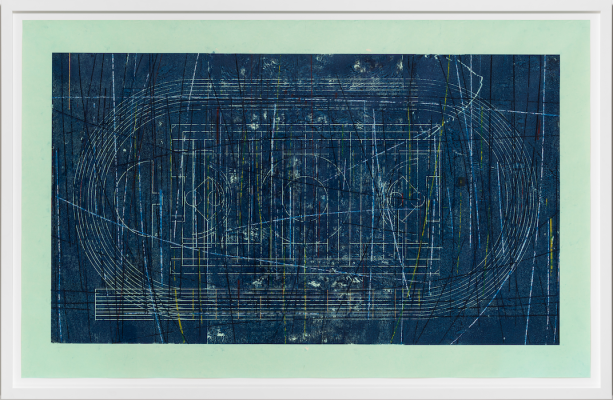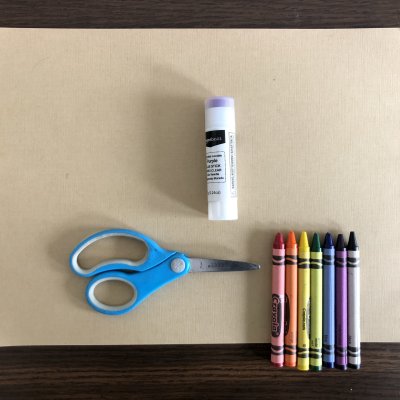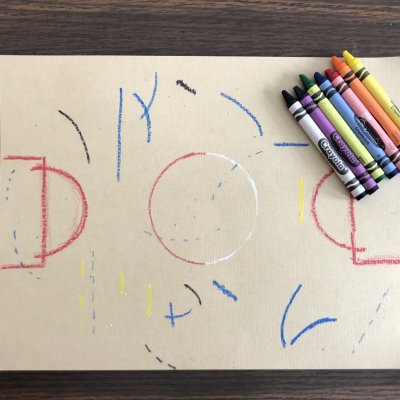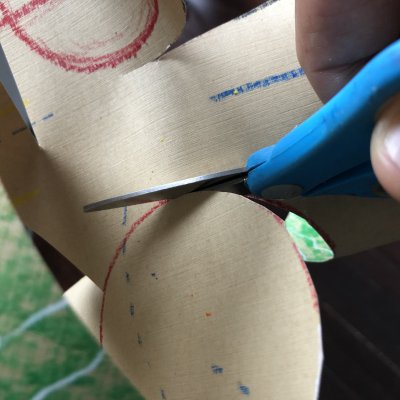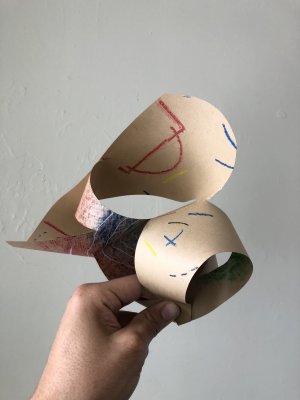Getting Started
- If you could draw the movement you or your family made today, yesterday, this week, this month, this year, or all your life on a map, what would it look like?
- What parts of your identity would you include in your artwork?
Empezando
- Si pudiera dibujar el movimiento que usted o su familia hicieron hoy, ayer, esta semana, este mes, este año, o toda su vida en un mapa, ¿cómo sería?
- ¿Qué partes de tu identidad incluirías en tu obra de arte?
Materials
- Paper
- Scissors
- Glue, double-sided tape, or stapler
- Markers, colored pencils, or crayons
Materiales
- Papel
- Tijeras
- Pegamento o una grapadora
- Materiales para colorear
